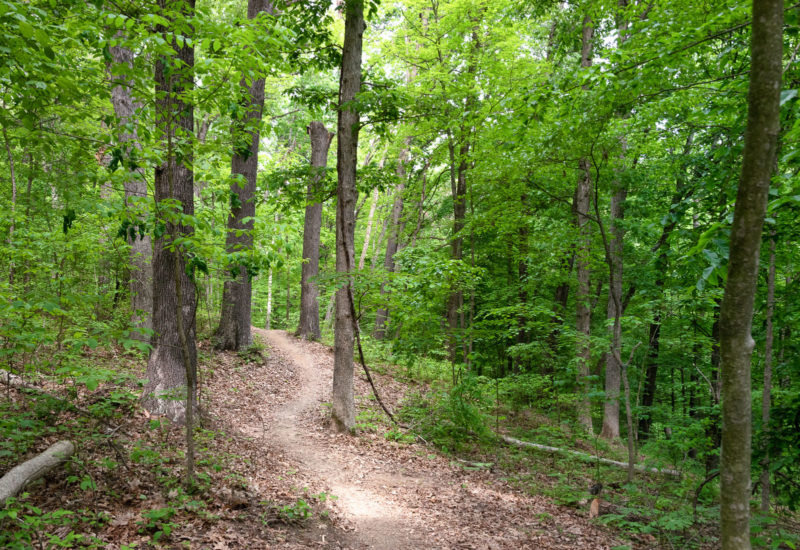A century of rising temperatures has extended the growing season of hardwood forests in the eastern U.S. by one month, a new study finds.
Growing season lasts from the first budburst in spring until trees turn gold and crimson in the fall. As spring and fall grow warmer, trees are bearing their leaves for longer, the research shows.
For the study, scientists tracked American elm, black walnut, white oak, and four other species in northwest Ohio, comparing their data to records collected by an Ohio farmer at the turn of the last century. The farmer, Thomas Mikesell, gathered information on temperature, rainfall, and tree growth from 1883 to 1912, producing what may be the only early 20th-century record of forest growth in North America, authors said.
Winter and spring temperatures have risen by up to 5 degrees F over the last century, and today, growing season is around 15 percent longer. The research was published in the journal PLOS One.
The findings are an “obvious indicator that temperatures are changing and shows that things are not the way they used to be — they are profoundly different,” Kellen Calinger-Yoak, a biologist at The Ohio State University and lead author of the study, said in a statement. “An entire month of growing season extension is huge when we’re talking about a pretty short period of time for those changes to be expressed.”
Source : E360Yale


